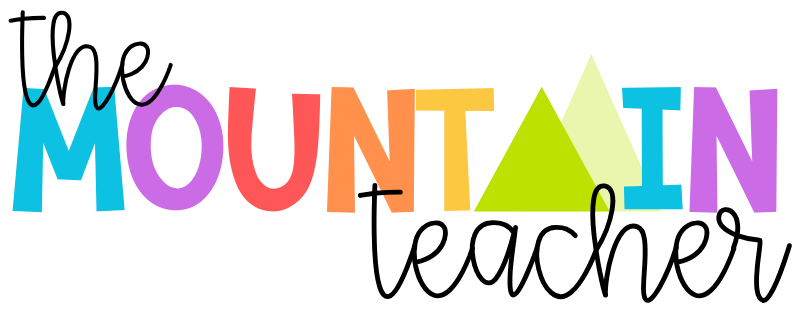Tips You Need to Know to Teach Digital Writing
Whether you are teaching in-person, hybrid teaching or are teaching fully virtually, there is room for virtual writing projects in your classroom.

Virtual writing projects can be incorporated into:
- whole group writing time
- small groups
- independent work
- early finisher activities
- challenge activities




Each week students will walk through a step of the writing process and will practice adding a new writing skill to their piece. A weekly skill can focus on anything from writing a strong topic sentence, to adding transition words to adding onomatopoeia into writing.
MONDAY:
I LOVE to hook my writers by using authentic read alouds. There are so many options for various genres, but this is a GREAT way to talk about the genre, talk about the topic and talk about some model sentences/writing styles from the text that they can use in their own writing.

After the read aloud, we discuss how good writers make a PLAN before they write. Plans should be brief, using bullet points or notes, but should be a rough skeleton outlining what students will write about later in the week. Typically, I model my own plan, then give students time to work on their own plans.
TUESDAY:
On Tuesdays I model the first half of my writing to students. I will model a strong topic sentence for that genre, then I will model my first two event and detail sentences for the week. This is also when I introduce that week’s focus skill. Each week we focus on adding one thing to our writing – it could be adjectives, topic sentences, temporal words, adverbs… you name it!






We also will spiral review the old skills, remembering to add the relevant ones to our writing. Students do this work directly on their slides that they publish on, spending the entire time focusing on their writing craft and NOT on adding photos or playing with fonts.
WEDNESDAY:
On Wednesdays students wrap up writing their drafts. They finish their last two events (facts or reasons) and then add details to those, and add a closing sentence.


THURSDAY:
On Thursdays students walk through both an editing and revising checklist. The editing checklist has students check conventions, while the revising checklist ensures that students have added all necessary components to their writing, including the skill of the week. I always model checking ONE slide, but make sure students know that they will need to check every one of their slides. If students are working in person, I have them check their own work, then switch work with a partner so they can each check each other’s work.


FRIDAY:
On Fridays students publish. Since our writing is already all typed out, this is when I give students time to change/play with the fonts, add animations, and add images to their writing. Digitally, students have the option to add real life photos, to draw photos either digitally or upload a picture of a drawn photo, or they can search the web to add photos/videos to their writing. I love how creative students get with this.



After they finish publishing, I have students grade themselves on their project. This holds them accountable for their grades, but also gives them an opportunity to make sure they have all of the required pieces of their writing that week.
RESOURCES:
I have MANY seasonal writing projects available. They have been used from grades 1-4, but are optimal for second and third graders.
Snag the bundle, or shop the resources inside to find what works for your students!
What questions or tips do you have to share? Leave a comment below!
